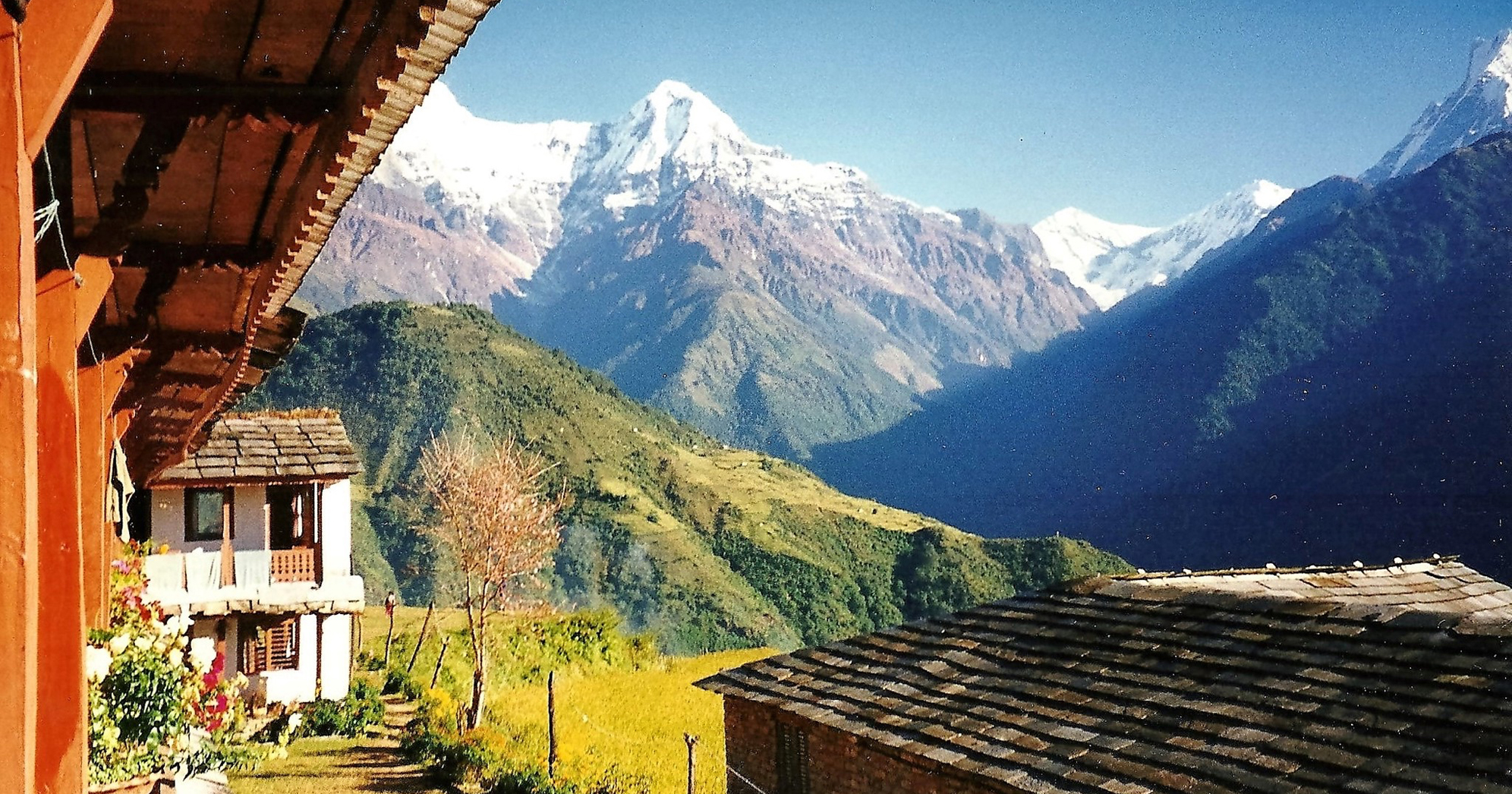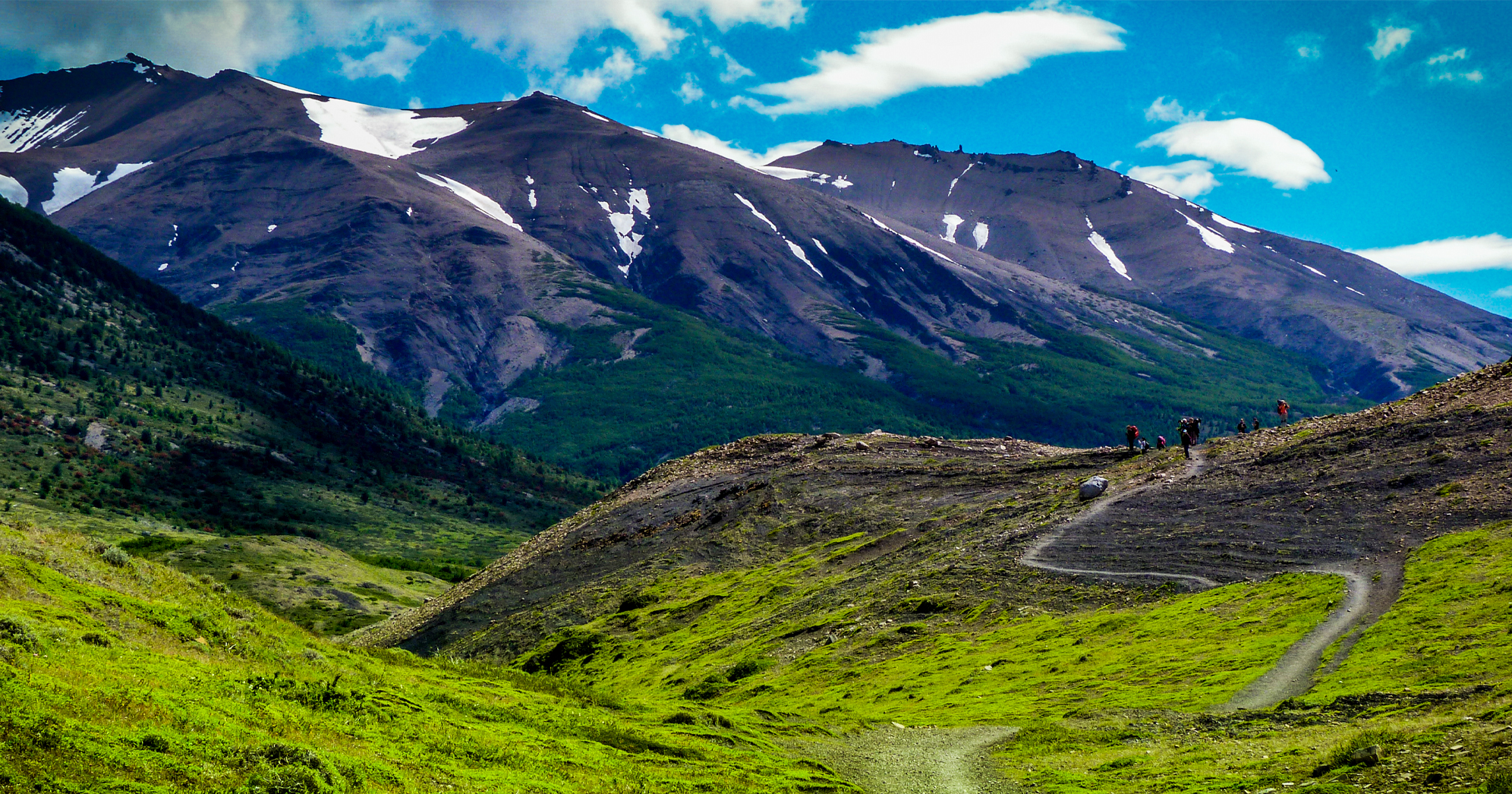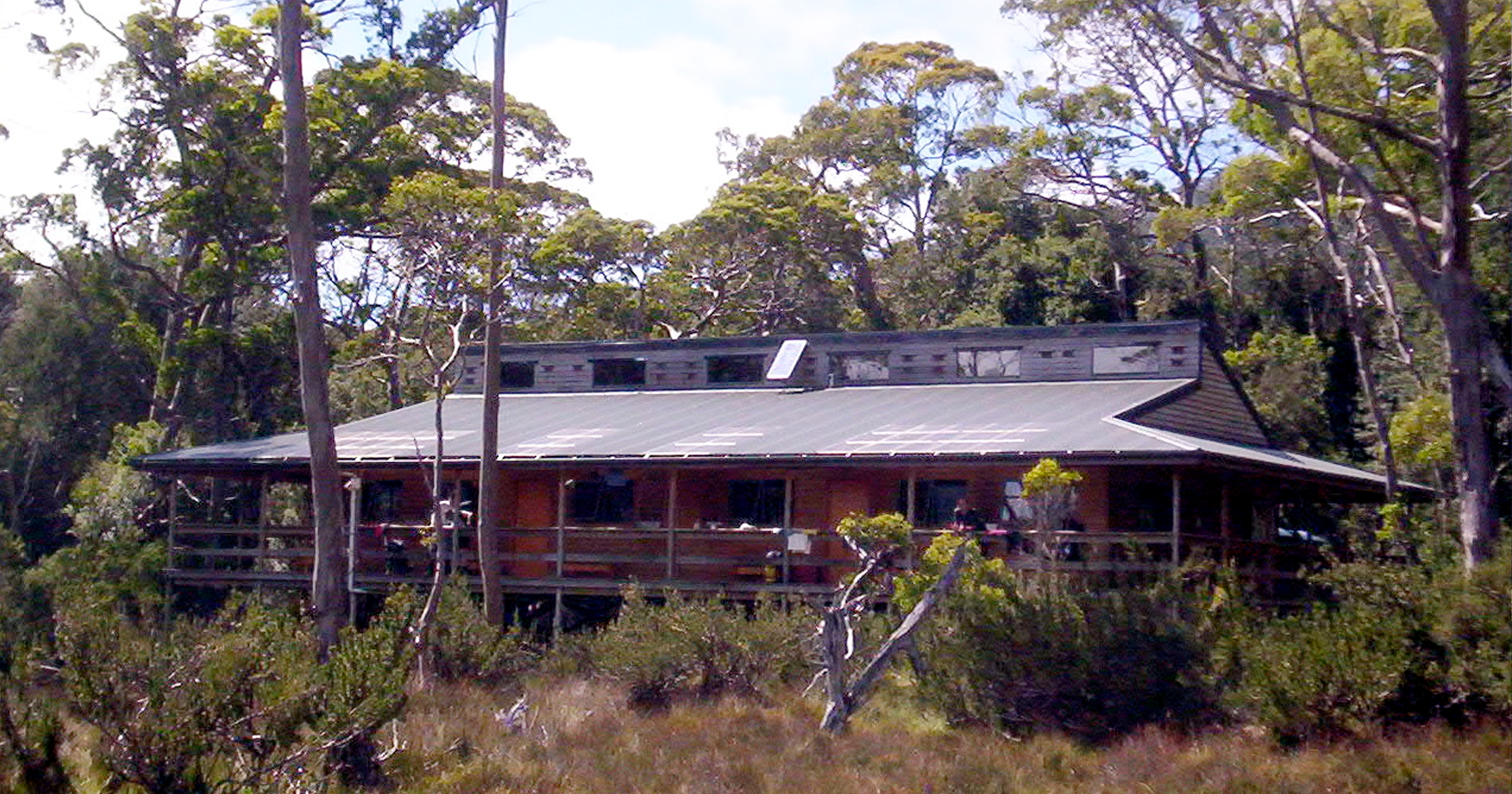For more than a century, AMC has given the world the opportunity to explore pristine alpine terrain by day and spend nights in our famed high mountain huts. But we’re not the only ones. Across the globe, there are many other hut-to-hut systems, providing refuge to hikers in some of the world’s most famous outdoor destinations.
In fact, the AMC hut system, America’s very first, was influenced by similar mountain huts in the Alps. Hut-to-hut lodging options are now available near peaks across the globe, from Annapurna and the Andes to the coastline of Canada. While these systems cater to adventure seekers from all over world, each brings local culture, flair, and a unique approach to lodging.
Feeling inspired? Plan a journey with AMC Adventure Travel, our series of volunteer-run trips around the globe. Or see the world without leaving New England: Join us in the Pinkham Notch Visitor Center for our International Dinner Series, Wednesdays from January through March.
Here’s what some of our peers around the world are up to:


A shot of the French Alps from an AMC Adventure Travel trip. Stephen Cohen.
Walker’s Haute Route, France and Switzerland
The Haute Route, French for “high road,” lives up to its name. Passing through 11 mountain passes and reaching a high point of just shy of 10,000 feet, the path was forged in the 1800s as a summer route from Chamonix, in France, to Zermatt, in Switzerland. Along the way, hikers get up close to some of Europe’s most famous peaks, including Mont Blanc Massif and the Matterhorn, all without requiring specialized mountaineering equipment. Each night, stay in a mountain hut (“refuge” in German, “cabane” in French) with beds and prepared meals – just like the AMC provides! Many huts are situated next to glaciers, alpine lakes, and other incredible views to wake up to.
Walker’s Haute isn’t the only area in the Alps you can explore without ever pitching a tent. Organizations like the Italian Alpine Club and Swiss Alpine Club maintain hut systems in their respective countries, and there are many privately owned, mostly family-run huts.


The Annapurna Circuit. Luigi Selmi/ Flickr Commons (l), Jeanne Menjoulet/ Flickr Commons (r).


A tea house on the Annapurna Circuit. Anne and David/ Flickr Commons.
Annapurna Circuit, Nepal
It’s one of the most famous hikes in the world for a reason. Tens of thousands of visitors a year trek this more than 100-mile loop around the base of Annapurna, a massif that includes the world’s tenth-highest mountain. Along the way, hikers pass through a wide range of terrain, from jungles and rice paddies to high mountain passes, and take in a variety of cultures. Of course, moving through climate zones so quickly means plenty of shifting elevation. Come prepared for a challenge!
Each night you’ll stay in “tea houses,” small hotels common in popular hiking destinations across the Himalayas. Amenities at each tea house vary. Some, especially at lower elevations, include hot water and showers; others do not. Almost all offer food in a communal dining area. Feast on dal bhat, a classic Nepalese lentil curry, and, of course, plenty of warm tea. Note that as of April 2023, all foreign visitors to the Nepal’s Himalayan Region and National Parks will need to employ the services of a registered trekking agency.


The Sunshine Coast Trail. Jennifer C./ Flickr Commons.
Sunshine Coast Trail, Canada
Bright days ahead! The Sunshine Coast is a stretch of southern British Columbia where the waters of the George Strait, separating Vancouver Island from the mainland, meet the fast-rising Coast Mountains. Its namesake trail system includes 14 huts spread out over 112 miles, making it Canada’s longest hut-to-hut hiking trail.
Highlights of a trek on the Sunshine Coast Trail include miles along the water, most notably Powell Lake, and old growth forests abound. Huts are available on a first-come, first-served basis and are fairly rustic. Most are not enclosed on all sides. Campsites are also available near most huts.


The “W” Trek. Douglas Scortegagna/ Flickr Commons.


The “towers” of Torres del Paine National Park. Douglas Scortegagna/Flickr Commons.
The “W” Trek, Chile
You know a picture from Patagonia when you see it. Now experience the real thing. This region of Chile and Argentina contains towering jagged peaks, clear blue lakes, and some of the southernmost hiking trails in the world. Torres del Paine National Park in Chile showcases the best of what this region has to offer, and one of the most breathtaking ways to experience the park on foot is via the “W” Trek. The path passes by the Paine massif, including the three “towers” for which the park gets its name. Along the way are three out-and-back paths, near the beginning, middle, and end of the trek, creating a “W” shape.
Compared to some of the other adventures on this list, the “W” is an achievable route for developing hikers. Trails have few technical features, and elevation remains low. Hikers can camp or stay in “refugios,” cabins with bunk rooms and communal dining. Sound like another hut system you love?


The Overland Track. Andreas Eldh/ Flickr Commons.


New Pelion Hut on the Overland Track. Rick McCharles/ Flickr Commons.
Overland Track, Australia
The (Tasmanian) devil is in the details. If you’re planning a trip Down Under, be sure to check out Overland Track, a 40-mile route through Cradle Mountain-Lake St Clair National Park, on the island of Tasmania. The terrain is rugged but worthwhile. Highlights include Mount Ossa, the island’s highest peak, Harnett Falls, and the chance to see wildlife you won’t find anywhere outside Australia. The path offers seven huts, each with a nearby tentsite.
If you’re looking to eschew the bright lights of Melbourne or Sydney for a world-class hike (err, bushwalk), the Overland Track may be just the spot.